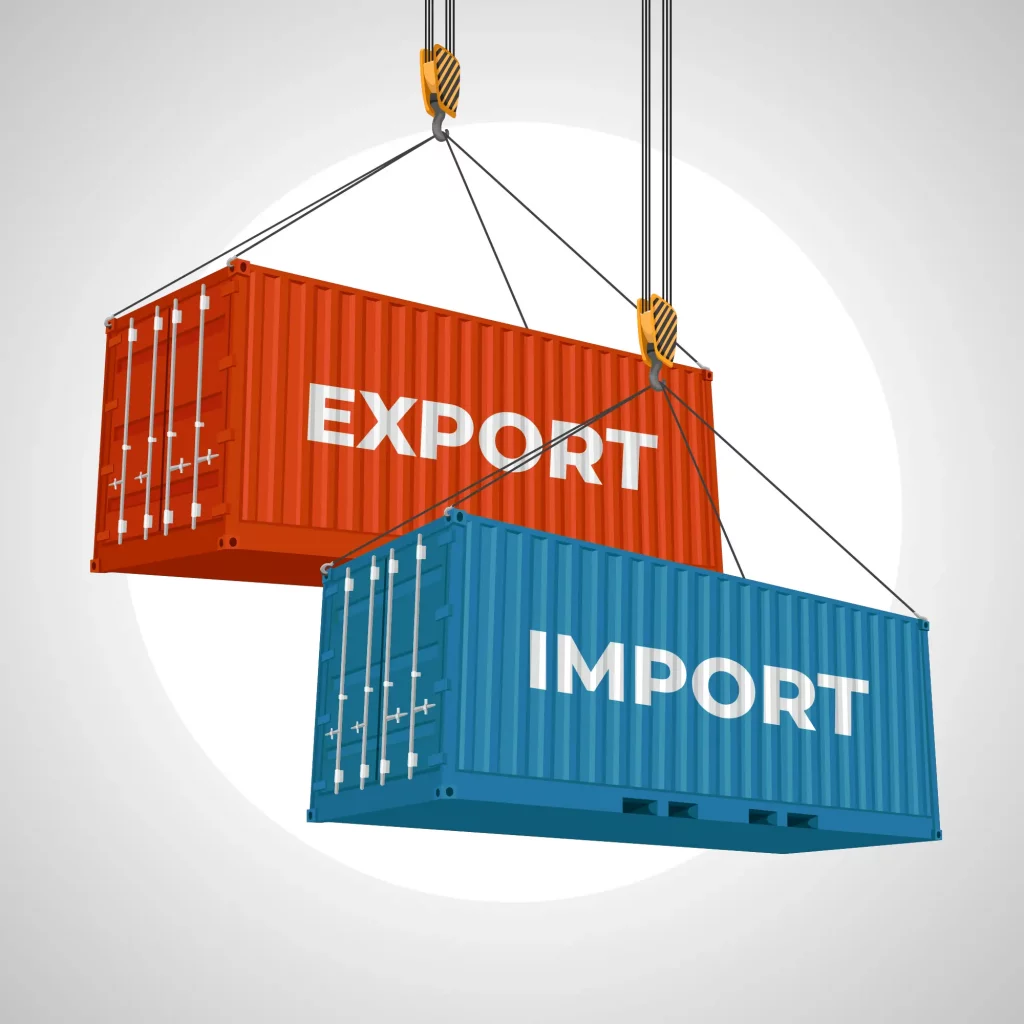Ever wondered how to streamline your eCommerce freight shipping for maximum efficiency? This comprehensive guide serves as your roadmap, diving deep into the world of freight shipping and providing actionable strategies tailored for 2023.
The saying “time is money” is especially true in the logistics sector, where delays can be costly in both financial and reputational terms. Hence, delving into the world of freight shipping is not just beneficial—it’s imperative. Read on!

Understanding Freight Shipping
At its core, freight shipping involves transporting large volumes of goods across extended distances using vehicles such as trucks, trains, aircraft, or ships. With the rise of global eCommerce, this method has become indispensable, ensuring timely deliveries to customers worldwide.
Freight Shipping in the Ecommerce Ecosystem
- Carrier Selection: Before initiating a shipment, businesses must evaluate various freight carriers. Factors such as reliability, track record, and cost-efficiency play crucial roles in this decision-making process.
- Service Levels: Carriers usually offer multiple delivery tiers. From expedited to standard options, businesses must choose based on their specific needs and customer expectations.
- Shipment Creation: This step entails providing the carrier with essential details about the cargo, including its nature, weight, volume, and final destination.
- Pick-up and Transit: After creating a shipment, businesses schedule a pick-up. The goods then undergo transportation, which might involve several stops, depending on the destination’s distance and the chosen service level.
- Delivery and Invoicing: Upon reaching its endpoint, the shipment is unloaded and handed to the recipient. Subsequently, the business receives an invoice detailing all associated shipping costs, including any additional services availed.
Freight vs. Small Parcel Shipping
While both are essential for eCommerce, they cater to different needs:
- Freight Shipping: Designed for large consignments, typically those weighing over 150lbs. Given the size and weight, these shipments might necessitate services like crating, palletizing, and specialized handling.
- Small Parcel Shipping: Tailored for packages weighing under 150lbs. These are usually quicker and entail less handling, making them ideal for smaller, less bulky items.
Why Ecommerce Businesses Should Consider Freight Shipping
- Cost-Effectiveness: When dealing with bulk shipments or specialized goods, freight shipping often proves more economical than standard parcel shipping.
- Speed and Reliability: With the right carrier, businesses can enjoy faster delivery times without compromising on the safety and integrity of their products.
- Versatility: From electronics to apparel, freight shipping can handle a diverse range of items. Many carriers also offer tailored solutions, ensuring goods reach their destination in optimal condition.
Different Modes of Freight Shipping
- Truckload Freight: Best suited for voluminous shipments, typically over 10,000 lbs.
- LTL (Less Than Truckload) Freight: Ideal for consignments weighing less than 10,000 lbs. Multiple shipments are combined, optimizing cost and space.
- Air Freight: Chosen when speed is paramount. Though more expensive, it ensures swift deliveries.
- Ocean Freight: Apt for massive, non-time-sensitive shipments. It’s cost-effective but takes longer.
- Rail Freight: A middle ground between speed and cost, especially ideal for large shipments traveling across continents.

Factors Influencing Freight Shipping Costs
Costs depend on multiple variables, including:
- Freight Classification: Different goods have different classifications, impacting costs.
- Weight and Volume: Heavier and bulkier shipments typically cost more.
- Distance and Mode: Longer distances and faster modes (like air) increase costs.
- Special Requirements: Any added services, like temperature control or fragile item handling, can increase costs.
Choosing the Right Freight Carrier
- Reputation and Track Record: Established carriers with a history of reliable service are preferable.
- Costs: Beyond just the base rate, consider any additional fees and charges.
- Services Offered: From tracking to specialized handling, a carrier’s range of services can greatly influence the shipping experience.
- Customer Support: A responsive customer service team can make all the difference, especially during unforeseen challenges.
Related Article : How to Choose the Best Freight Forwarders in Europe for Your E-commerce Business
Services Typically Offered by Freight Carriers
Freight carriers offer a plethora of services:
- LTL and FTL Shipping: For smaller and larger shipments, respectively.
- Parcel Shipping: For lightweight items under 150lbs.
- Specialized Shipping: Like flatbed for bulky items or refrigerated for perishables.
- Warehousing: Many carriers offer storage solutions, holding goods until they’re ready for dispatch.
- Customs Assistance: For international shipments, carriers often provide help with customs documentation and clearance.
Crafting an Effective Ecommerce Shipping Strategy
A well-thought-out strategy considers:
- Volume and Frequency: Estimate the number and volume of shipments.
- Carrier Evaluation: Research and compare carriers based on your specific needs.
- Budget Allocation: Determine how much you’re willing to spend on shipping without compromising on quality or speed.
- Regulations: Stay updated on any rules or regulations, especially for international or hazardous shipments.
- Tracking and Updates: Ensure a system is in place to monitor shipments and keep customers informed.
Conclusion
For an eCommerce business aiming for success in 2023, understanding and leveraging freight shipping is non-negotiable. By staying informed and making strategic choices, businesses can ensure their products reach customers safely, timely, and cost-effectively.